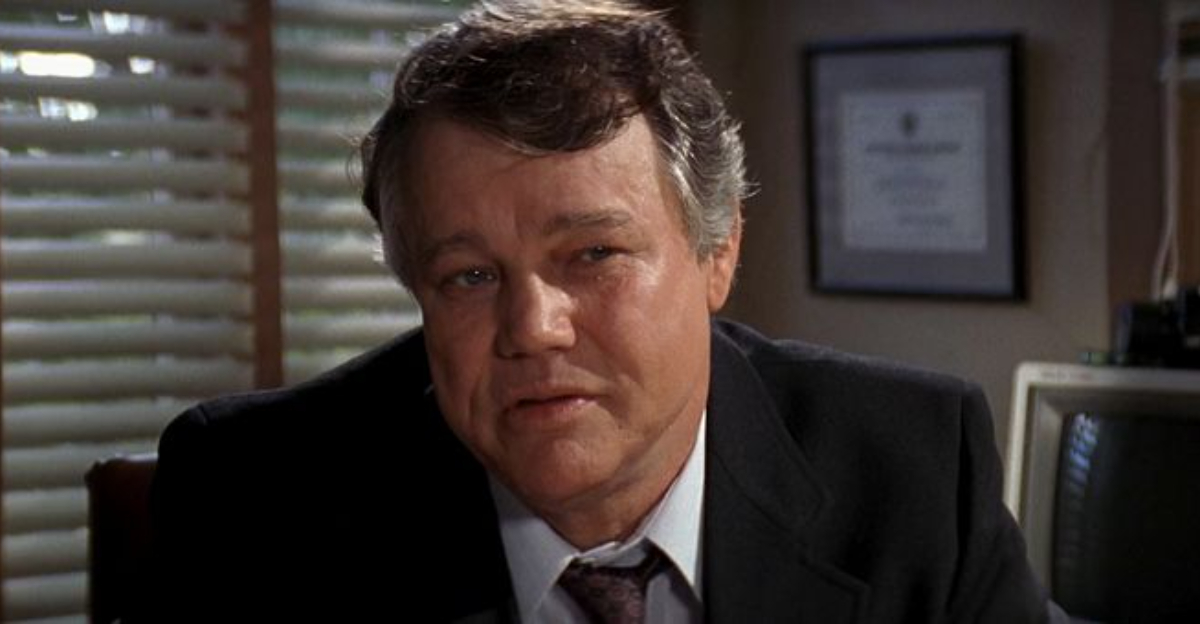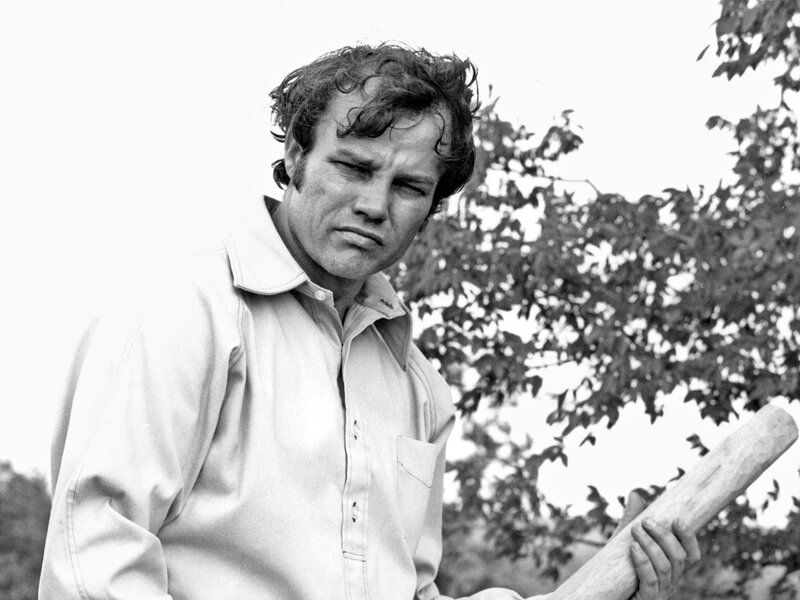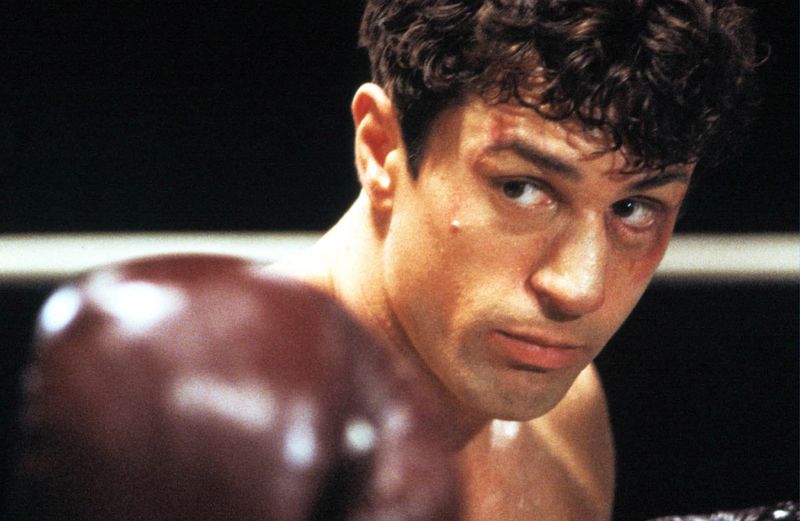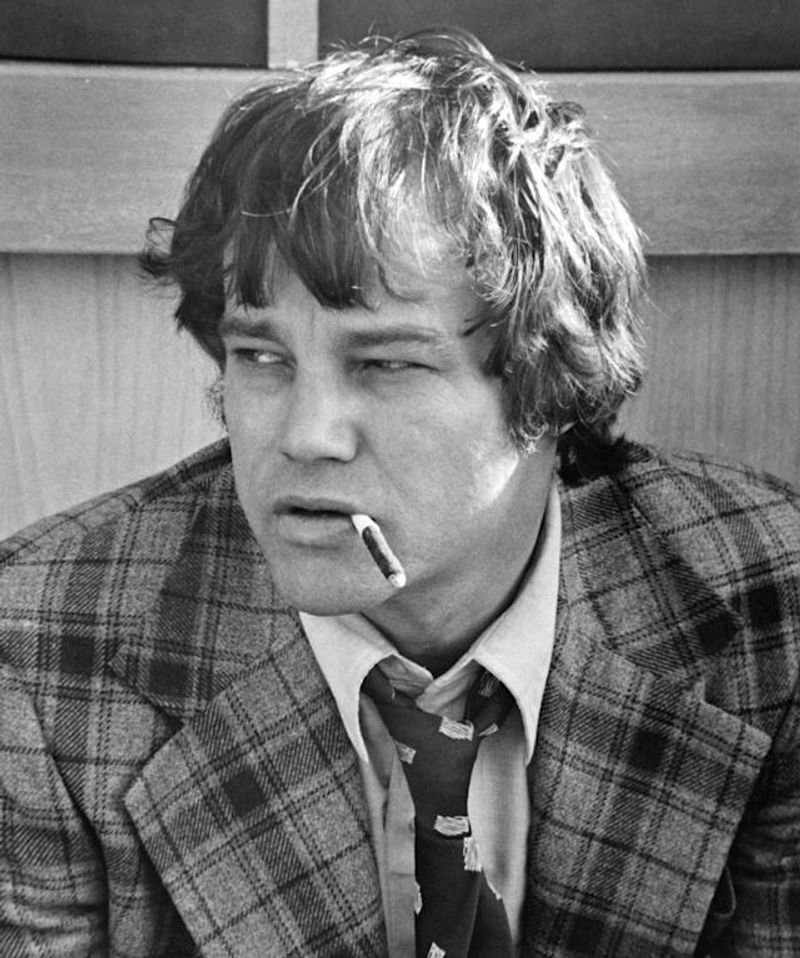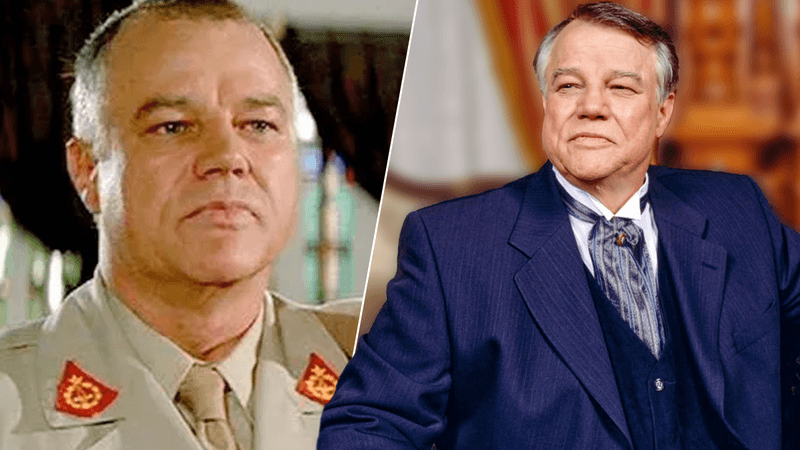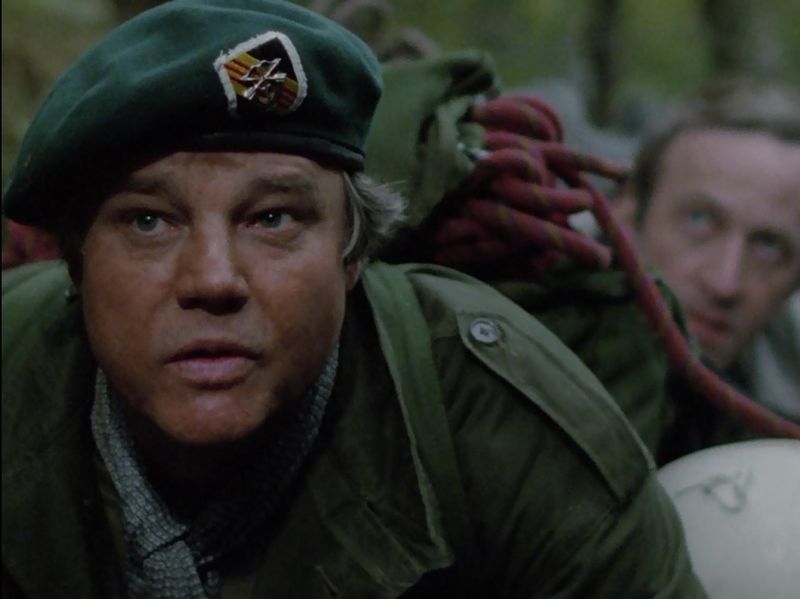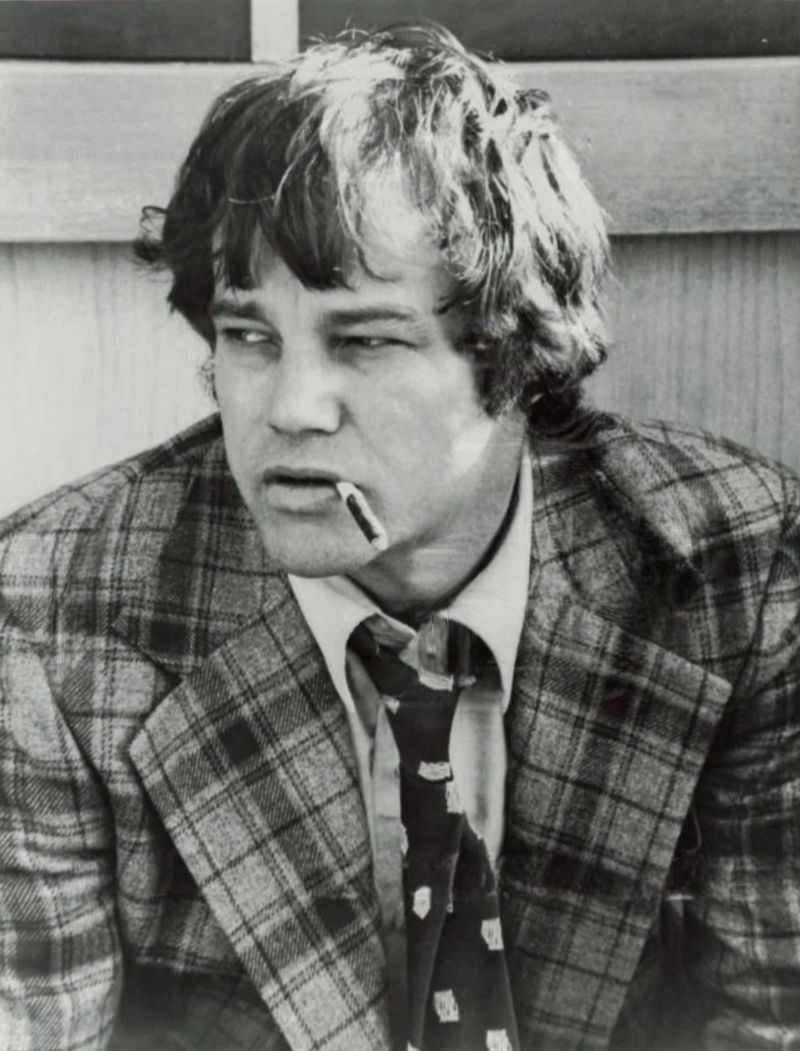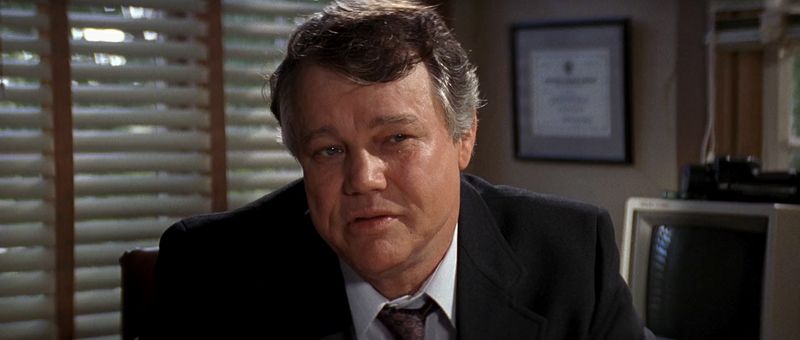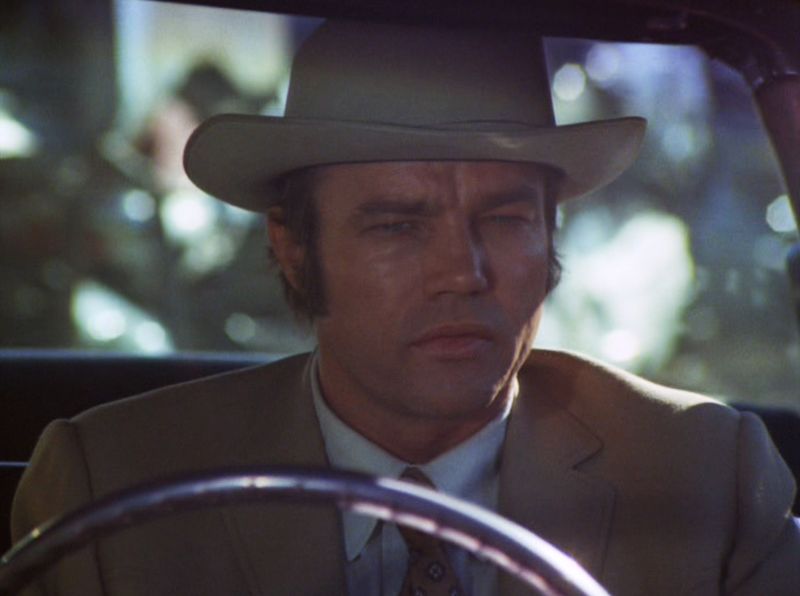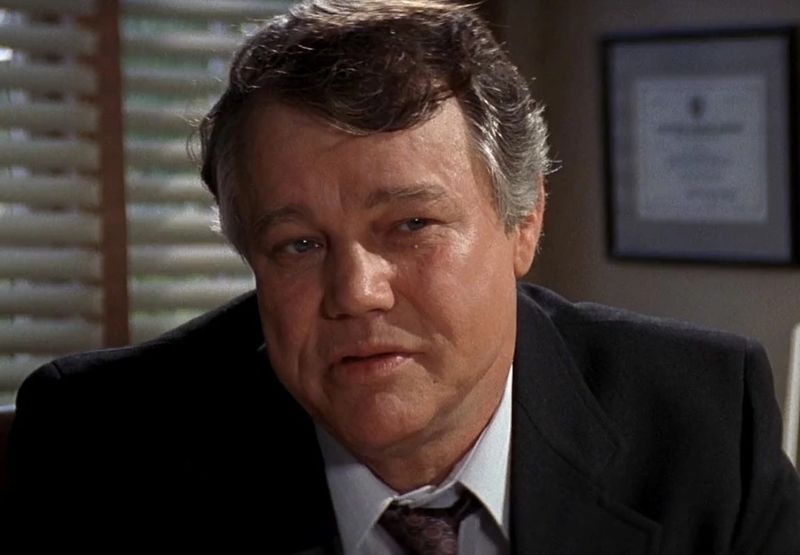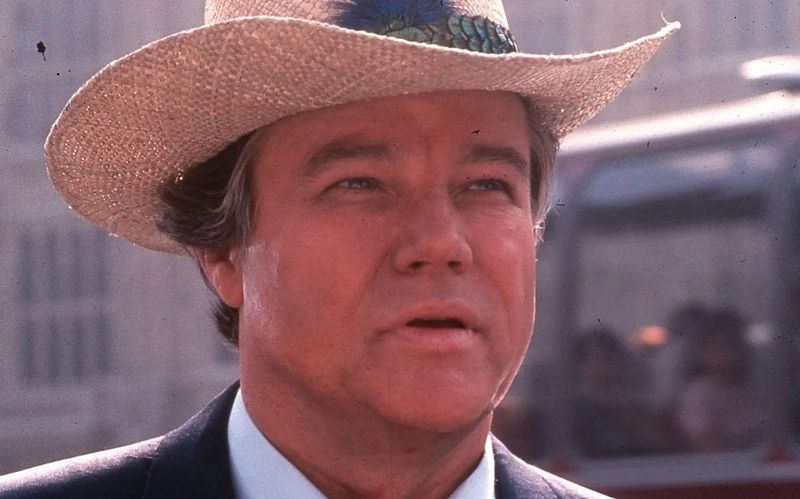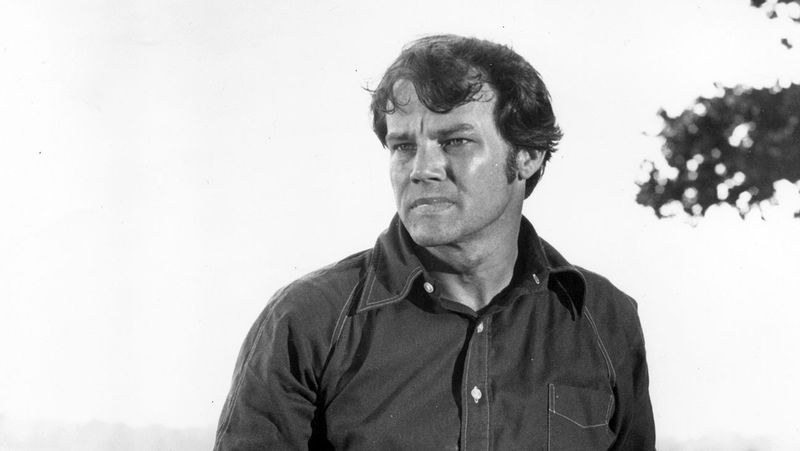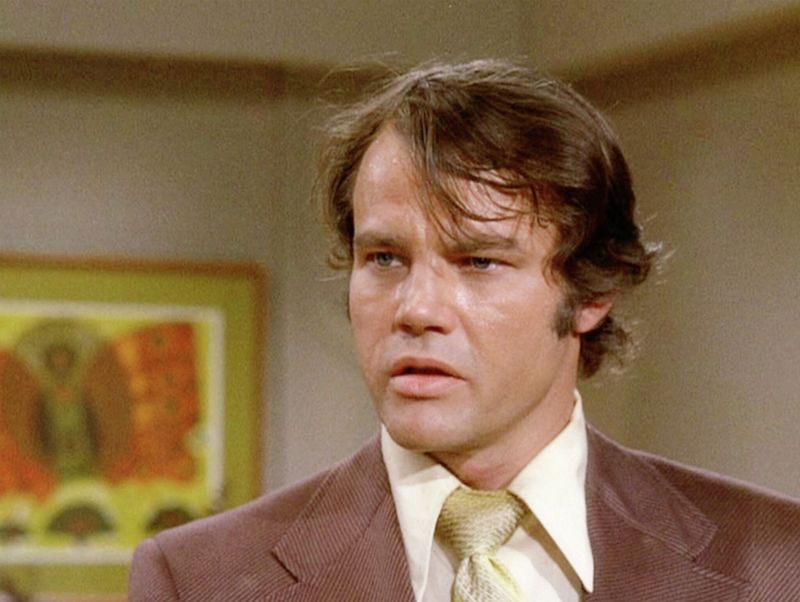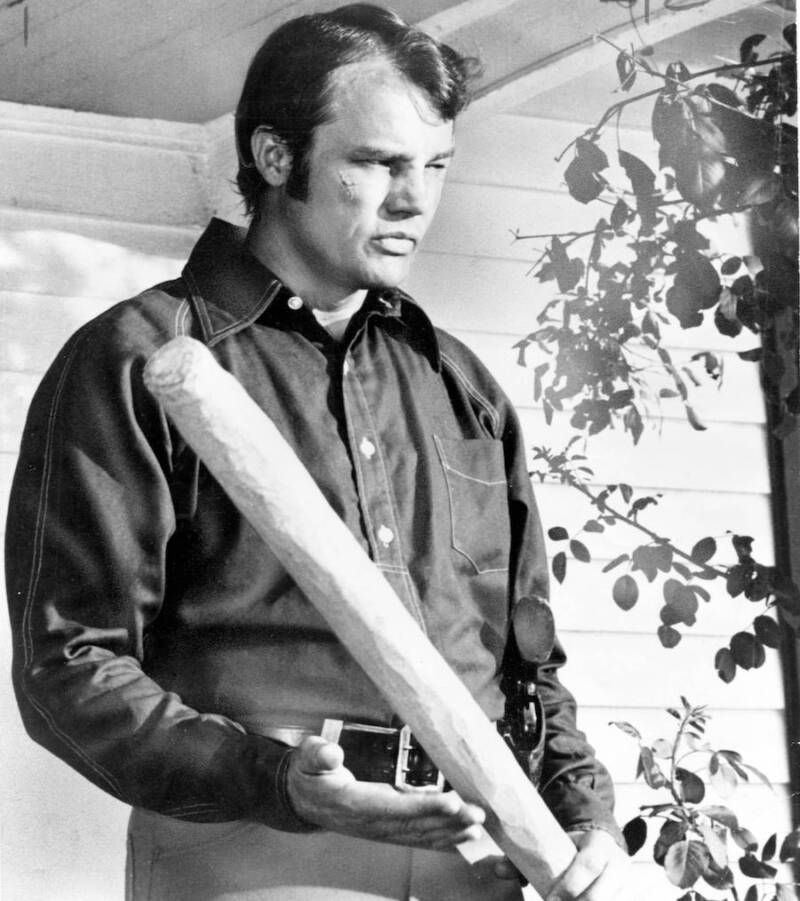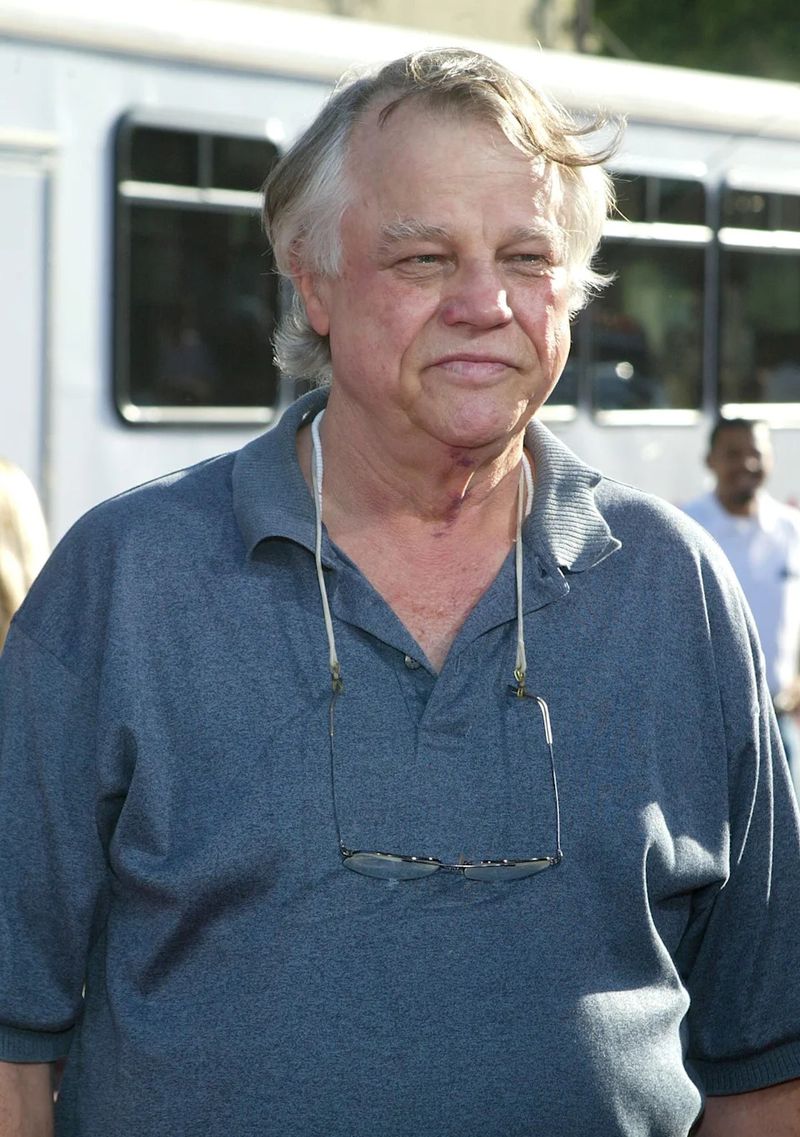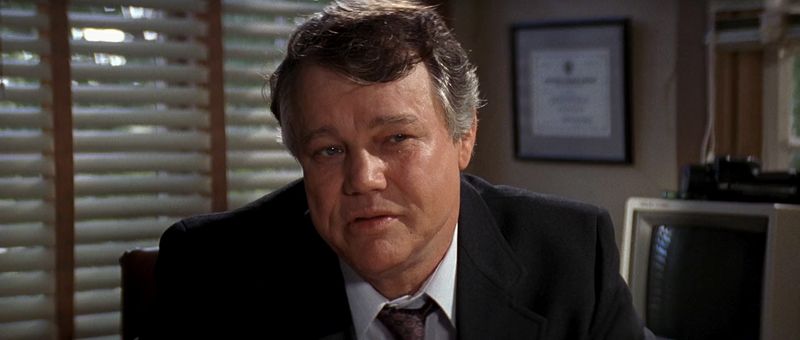The world of cinema lost a giant when Joe Don Baker passed away at 89, leaving behind a legacy spanning nearly five decades. This Texas-born actor brought grit, authenticity, and unmistakable presence to every role he tackled. From sheriffs to spies, heroes to villains, Baker’s performances left an indelible mark on American film that continues to resonate with audiences today.
1. Walking Tall’s Unforgettable Sheriff
Sheriff Buford Pusser wasn’t just a role for Baker – it was the character that transformed him into a cultural icon. His portrayal of the baseball bat-wielding lawman fighting corruption struck a chord with 1970s America, capturing the zeitgeist of a nation craving justice.
The film’s unexpected success catapulted Baker to stardom and established his reputation for playing no-nonsense characters who stood up against overwhelming odds. What made his performance so compelling wasn’t just the physical presence, but the moral conviction he brought to Pusser.
Decades later, this remains the role most associated with Baker’s name – a testament to how thoroughly he inhabited this real-life hero’s skin.
2. Commanding Physical Presence
Standing 6’2″ with broad shoulders and an imposing frame, Baker dominated the screen through sheer physical presence. Directors frequently positioned him to tower in the frame, using his natural stature to intimidate both on-screen opponents and audiences alike.
His weathered face told stories without words – deep-set eyes that could shift from menacing to sympathetic in an instant. Those distinctive features made him instantly recognizable, even in supporting roles.
Unlike many leading men who relied on conventional good looks, Baker’s appeal came from authenticity. His wasn’t a Hollywood-manufactured image but rather the genuine article – a rugged man who looked like he’d lived through everything his characters had.
3. That Unforgettable Texas Drawl
Baker’s voice was like Texas whiskey – rough, distinctive, and impossible to imitate. His slow, deliberate drawl became his sonic signature, adding authenticity to every line delivery and making even mundane dialogue memorable.
Film critics often noted how Baker could convey volumes with minimal words. A simple “yeah” or “nope” carried weight when delivered in his gravelly baritone. Directors valued this economy of expression, particularly in action sequences where Baker could communicate determination or threat without excessive dialogue.
Voice acting coaches have studied Baker’s natural cadence as an example of how regional dialects can enhance character development. His unaltered accent represented a refreshing departure from the homogenized speech patterns typical of Hollywood stars.
4. Bond Franchise Double Duty
Few actors can claim membership in the exclusive club of performers who appeared in multiple James Bond films in different roles. Baker achieved this rare distinction by first portraying the villainous arms dealer Brad Whitaker in “The Living Daylights” opposite Timothy Dalton.
Years later, he returned to the franchise as the likable CIA agent Jack Wade in both “GoldenEye” and “Tomorrow Never Dies,” providing comic relief alongside Pierce Brosnan’s 007. His easy chemistry with Brosnan created memorable moments that lightened the spy thriller’s tone.
This casting curiosity highlights both Baker’s versatility and the producers’ recognition of his unique screen presence. From villain to ally, Baker brought his unmistakable gravitas to the world’s most famous spy franchise.
5. BAFTA-Nominated Performance in Edge of Darkness
Baker’s portrayal of enigmatic CIA agent Darius Jedburgh in the BBC miniseries “Edge of Darkness” showcased his dramatic range beyond action roles. This performance earned him a BAFTA nomination, proving his talents extended far beyond tough-guy typecasting.
Critics praised how Baker infused Jedburgh with moral ambiguity – creating a character who was simultaneously charming and dangerous. His scenes opposite Bob Peck revealed a masterclass in understated acting, with complex emotions conveyed through subtle gestures rather than explicit dialogue.
British audiences particularly embraced this performance, which introduced Baker to viewers who hadn’t encountered his earlier American work. The role demonstrated his ability to adapt to different production styles while maintaining his authentic screen presence.
6. Cult Classic Status in Mitchell
“Mitchell” might have been savaged by Mystery Science Theater 3000, but Baker’s commitment to the unlikable, alcoholic detective at its center revealed his fearlessness as an actor. Unlike many stars who chase likability, Baker embraced Mitchell’s flaws without reservation.
The film’s cult status emerged precisely because of Baker’s uncompromising performance. He portrayed a deeply flawed protagonist during an era when leading men typically embodied aspirational qualities. This willingness to play against type demonstrated Baker’s priority: authenticity over vanity.
Though often remembered for its MST3K treatment, film historians have reassessed “Mitchell” as an important counterpoint to the polished police dramas of its era. Baker’s performance stands as an early example of the anti-hero archetype that would later dominate television.
7. Scorsese’s Cape Fear Enforcer
Martin Scorsese recognized Baker’s unique intensity when casting him as private investigator Claude Kersek in the 1991 thriller “Cape Fear.” Though his screen time was limited, Baker created an unforgettable character whose brutal demise at Robert De Niro’s hands became one of the film’s most shocking moments.
Working alongside heavyweights like De Niro and Nick Nolte, Baker held his own through sheer force of personality. Scorsese utilized Baker’s physical presence as a false sense of security for viewers – making his character’s vulnerability all the more disturbing when revealed.
Film scholars have noted how Baker’s casting played with audience expectations. His previous tough-guy roles suggested he would be the one character capable of stopping Max Cady, making his defeat all the more impactful.
8. Charley Varrick’s Memorable Villain
As hitman Molly in Don Siegel’s “Charley Varrick,” Baker created one of cinema’s most menacing yet charismatic villains. His portrayal of a methodical killer tracking down Walter Matthau’s title character demonstrated Baker’s ability to convey threat through stillness rather than histrionics.
Siegel, who had directed Clint Eastwood in “Dirty Harry,” recognized Baker’s potential to create a memorable antagonist through understated menace. The performance earned Baker critical praise for avoiding typical villain clichés in favor of a more naturalistic approach to evil.
Film noir enthusiasts particularly appreciate this performance for its restraint. Baker’s Molly remains a masterclass in villain portrayal – a character whose everyday demeanor makes his capacity for violence all the more disturbing when finally unleashed.
9. Comedy Chops in Fletch
Baker revealed surprising comedic timing opposite Chevy Chase in the 1985 comedy “Fletch.” As the corrupt police chief Jerry Karlin, Baker played the straight man to Chase’s disguise-wearing investigative reporter, demonstrating versatility beyond his tough-guy persona.
His deadpan delivery provided the perfect foil for Chase’s manic energy. Baker understood that effective comedy often requires playing serious situations with complete conviction – allowing the humor to emerge from the contrast rather than mugging for laughs.
This performance surprised critics who had typecast Baker as purely dramatic. The role showcased his range and hinted at comedic possibilities that unfortunately weren’t fully explored in his later career, though glimpses would resurface in his Jack Wade character in the Bond films.
10. Unexpected Vulnerability in Mud
One of Baker’s final significant roles came in Jeff Nichols’ 2012 drama “Mud,” where he portrayed the aging King, demonstrating that his screen presence remained powerful even in his later years. Working alongside Matthew McConaughey and Sam Shepard, Baker brought gravitas to a small but pivotal role.
This performance showcased a vulnerability rarely seen in his earlier work. Baker allowed his age and physical fragility to inform the character, creating a poignant portrait of masculinity in decline – a fascinating counterpoint to the invincible figures he portrayed in his prime.
Critics noted how Baker’s weathered face served as a visual metaphor for the film’s themes of time and consequence. His few scenes carried emotional weight precisely because audiences remembered the formidable physical presence he once commanded.
11. Television Career Longevity
Long before achieving film stardom, Baker cut his teeth on television westerns like “Gunsmoke” and “Bonanza.” These early appearances in the 1960s established his comfort with the western genre and foreshadowed the frontier justice themes that would define his later film work.
Throughout his career, Baker maintained a presence on television, appearing in everything from “Mission: Impossible” to “In the Heat of the Night.” His guest appearances often provided a ratings boost, with audiences tuning in specifically to see his commanding presence.
Baker’s television work demonstrated remarkable adaptability across changing entertainment eras. From black-and-white westerns to sophisticated cable dramas like “The Cleaner” in 2009, he maintained relevance across six decades – a testament to his enduring appeal.
12. Character Actor Excellence
Though Baker achieved leading man status early in his career, his greatest contribution to cinema may be his work as a character actor. His ability to elevate material through sheer force of personality made him a valuable addition to any ensemble cast.
Directors from Don Siegel to Martin Scorsese recognized Baker’s unique ability to create memorable characters with limited screen time. His performances were economical – never wasting a gesture or line reading, making each moment count through precise character choices.
Film historians place Baker in the tradition of great American character actors like Warren Oates and Ben Johnson – performers whose authenticity and lived-in quality brought credibility to every production. His work exemplifies how supporting roles, when executed with commitment, can leave as lasting an impression as lead performances.
13. Influence on Action Cinema
Baker’s portrayal of Sheriff Buford Pusser helped establish the template for the lone justice-seeker that would dominate action cinema throughout the 1970s and beyond. His performance in “Walking Tall” predated and influenced vigilante films like “Death Wish” and even aspects of the “Dirty Harry” series.
His physical acting style – emphasizing authentic movement over choreographed fights – influenced a generation of action performers. Unlike the balletic violence of martial arts films, Baker’s approach to screen combat conveyed genuine struggle and effort, bringing gritty realism to his confrontations.
Action directors studied Baker’s work for its effective simplicity. His fight scenes prioritized emotional impact over technical complexity, demonstrating how character motivation could elevate physical confrontations beyond mere spectacle.
14. Working-Class Hero Authenticity
Born in Groesbeck, Texas, in 1936, Baker brought genuine blue-collar credibility to his performances. Unlike actors who studied to portray working-class characters, Baker’s understanding came from lived experience – his father worked in stone quarries, and Baker himself served in the Army before pursuing acting.
This authenticity resonated with audiences who recognized something genuine in his performances. Baker never seemed to be playing at being tough; his characters’ resilience felt earned rather than performed. His performances often connected with viewers who rarely saw their experiences authentically portrayed on screen.
Cultural critics have noted how Baker’s characters often embodied a particular type of American masculinity – stoic, principled, and action-oriented. His performances preserved a portrait of mid-century working-class values that continues to resonate with audiences.
15. Underappreciated Range
Despite being typecast as a tough guy, Baker demonstrated remarkable versatility throughout his career. From the comedic timing displayed in “Fletch” to the moral ambiguity of “Edge of Darkness,” his performances revealed depths often overlooked by casual observers.
Baker could shift from menacing to vulnerable, authoritative to uncertain, often within the same performance. This emotional range became more apparent in his later career as directors began to cast him in roles that subverted his established screen persona.
Film scholars conducting retrospectives of Baker’s work have identified subtle variations in his approach to seemingly similar characters. What might appear as typecasting to casual viewers reveals itself, upon closer examination, as an actor exploring different facets of strength and authority across diverse contexts.
